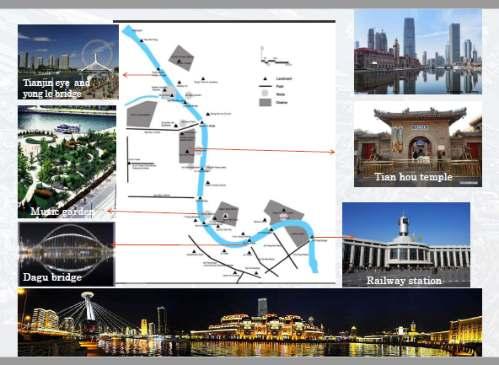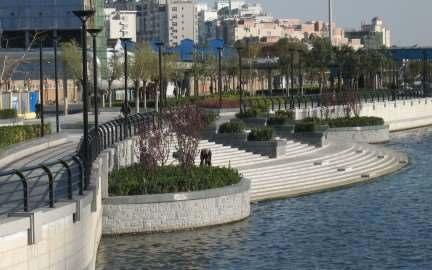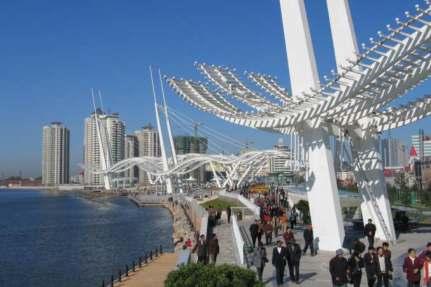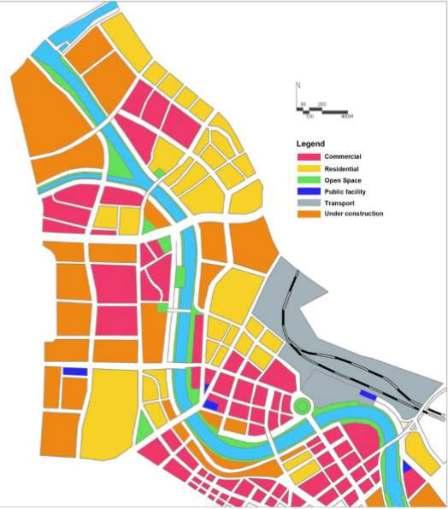
1 minute read
2.2 Web/ Literature Case Studies
Tianjin Haihe Riverfront
One of the largest coastal cities in North China, with a population of over eleven million. The city is located along the Haihe River which has a history of over six hundred-years. The development plan included capabilities for flood control, navigation, tourism and entertainment. “Building the river as an economic, landscape and cultural belt with unique character, and putting forward a great vision of extolling the river culture and creating Haihe as one of the world's most famous rivers".
Advertisement
The Six thematic objectives of the Riverfront Development:
1)Present the longstanding history and culture of the city.
2)Promote service industries in the waterfront area.
3)Identify city features and images by the river.
4)Protect the ecological environment within the area.
5)Improve access to the river.
6)Develop tourism and leisure industries along the river.
Redeveloping the Riverfront includes the change of existing Land-use which comprises Old factories and aging residential communities which needs to be demolished and should be replaced with Large parcels of land earmarked for mixed use or commercial purposes.
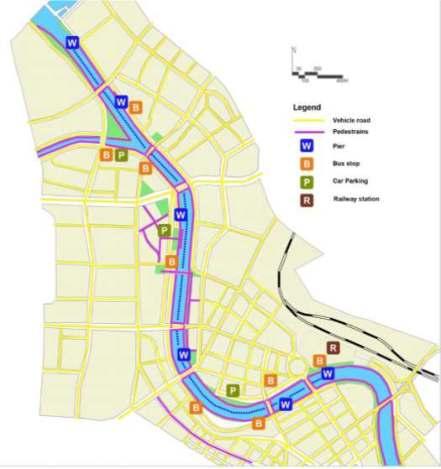
Urban fabric
Figure 10 : Evolution in 9 years
● Dramatically changed after the redevelopment.
● Old low-rise and dense housing units replaced by clusters of high-rise residential communities with commercial facilities.
Built Form
● Visibility, permeability, and openness maintained.
● Waterfront is open and visible from a distance, and with several skyscrapers becoming new landmarks related to the riverfront, a new skyline has now been created.

● Planting design for achieving a visual eect in riverfront.
● Water Activities like swimming, fishing, or sight-seeing by boat. Other non-water related, like general parks or other public open spaces.
